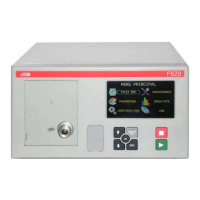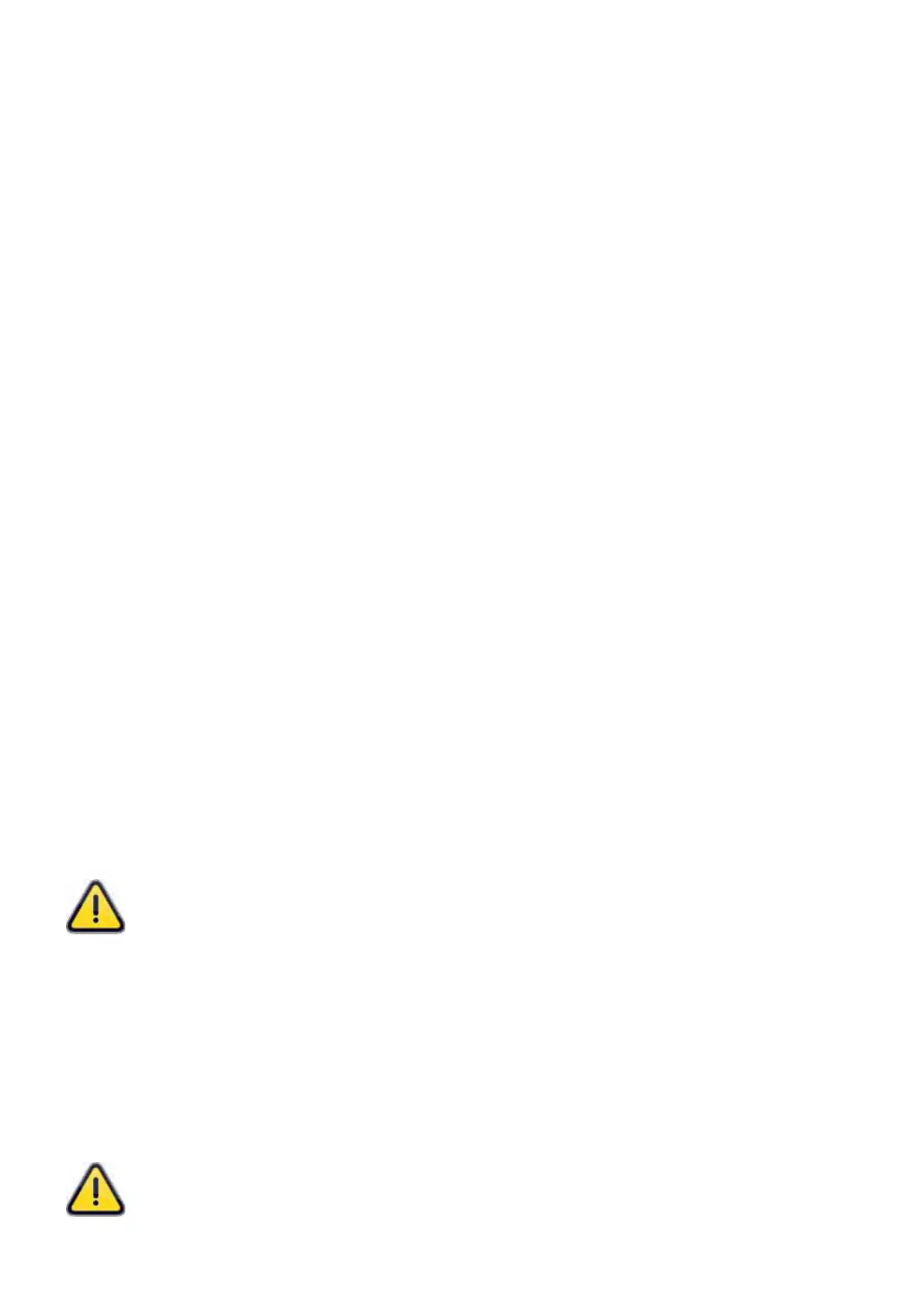Sheet # 680f – Leak programs parameters
Version 1.04a User guide ATEQ 6th series Page 4/9
Different volumes
The second phenomenon which may appear is a pressure difference between the parts due to
their differing volumes.
If, at the end of the fill time, the volumes are different, the component with the smaller volume
will stabilize faster. If the instrument switches to test too early, the instrument will indicate a
large leak.
9 To determine the correct stabilization time, it is necessary to set a long time so that the
reading at the end of the test time is very close to zero.
9 Set the stabilization time to four times the length of the fill time.
9 Carry out a cycle. When the instrument switches to test, the result must be close to zero.
9 If there is a drop in pressure, there is a small leak present. Check the test part (or the
reference part in case of a negative pressure drop) and the pneumatic connections then
start again.
9 If the pressure is stable, the part does not leak and the stabilization time is therefore too
long. Progressively shorten and carry out cycles (wait one minute between each cycle) until
you start seeing of a drop in pressure. This indicates that the stabilization time has become
too short. Increase it slightly.
2.4. T
EST TIME
The test time depends on the programmed reject level and operation mode.
In the dP/dt (Pa/s) mode, the variation in measured pressure is due to the drift in the pressure
drop (similar as a speedometer in a car).
In the dP (Pa) mode, the pressure variation measured is the total of the pressure drop over the
whole test time (similar as an odometer in a car). This mode is more unstable, but is more
sensitive. The instrument totals all the variations occurring due to variations in volume or
temperature over the whole test time.
2.5.
DUMP TIME
During the dump time, the instrument vents the part to atmosphere. The instrument will as
default set a dump time of zero.
The dump valve stays opened until the next test cycle. In case of very low pressure,
the dump time can be zero; the fixture will vent when opened.
2.6. PRESSURE UNITS
The different units are: bar, mbar, PSI, Pa, kPa, MPa
2.7. MAXIMUM FILL
This function is used to set a maximum limit for the fill pressure. A warning is triggered if this
limit is exceeded.
When test time is infinite, the maximum fill isn’t monitored. Care should therefore be
taken to avoid excess pressure being applied to the part during the test.

